There is much to expect from the automobile industry in the rest of this decade. With significant advancements in vehicle performance, cutting-edge technology, and driving dynamics, the automotive industry is set for radical changes by 2030. From a shift in gasoline vehicles to electric cars, these future technologies will change driving and make it better, safer, and smoother. Here are 20 ways driving will radically change by 2030 –
Autonomous Driving:

By 2030, self-driving as a feature will most likely become widely popular, especially at the pace with which technology is progressing. The cars can utilize advanced sensors to locate obstacles in front and behind them. With AI, they will be able to navigate the roads thoroughly and reshape commuting habits on the roads. This might also be an optional mode when the drivers want to take a break and stretch. This technology will change logistic companies and delivery partners.
Subscription Models:
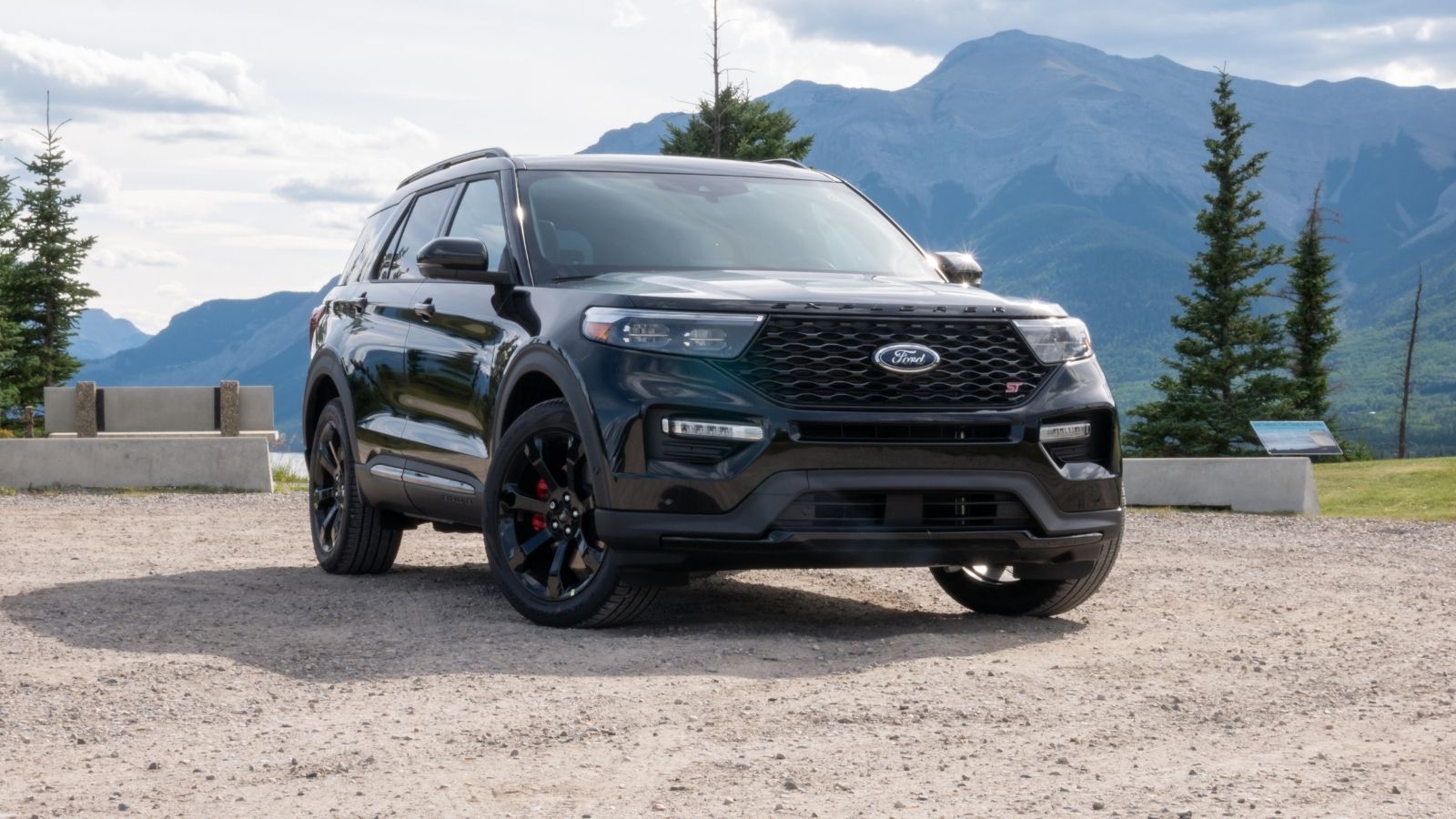
The subscription-based model is very popular, be it in OTT platforms, apps, games, or even in real estate in the form of rent. By 2030, even the ownership of cars may undergo a significant change, with vehicles available to be used in exchange for a monthly or yearly subscription. This subscription can contain a whole fleet of models to be used anytime or a specific one. On the road, if any damages are caused to these vehicles, prompt action will be taken, which will lead to more cautious driving.
Mobility Hubs:

In the automotive industry, there are many cars with brilliant features, but unfortunately, they fall short of range. Mobility hubs can be established not to refuel the vehicle but to completely provide another mode of transport for the driver to switch to. This may not be limited to cars but will also include bikes, buses, etc. By promoting this, one can store their vehicle in mobility hubs to be taken care of and continue their journey in a different vehicle.
Electric Vehicle Domination:

By 2030, electric vehicles might completely replace gasoline-powered vehicles and will be established as the new convention. There is a monumental shift towards them, and slowly but surely, they are becoming the ideal choice for customers. Not only do these reduce greenhouse gas emissions, but they also have great features. Governments and companies are heavily investing in electric vehicles, too.
Varied Energy Sources:
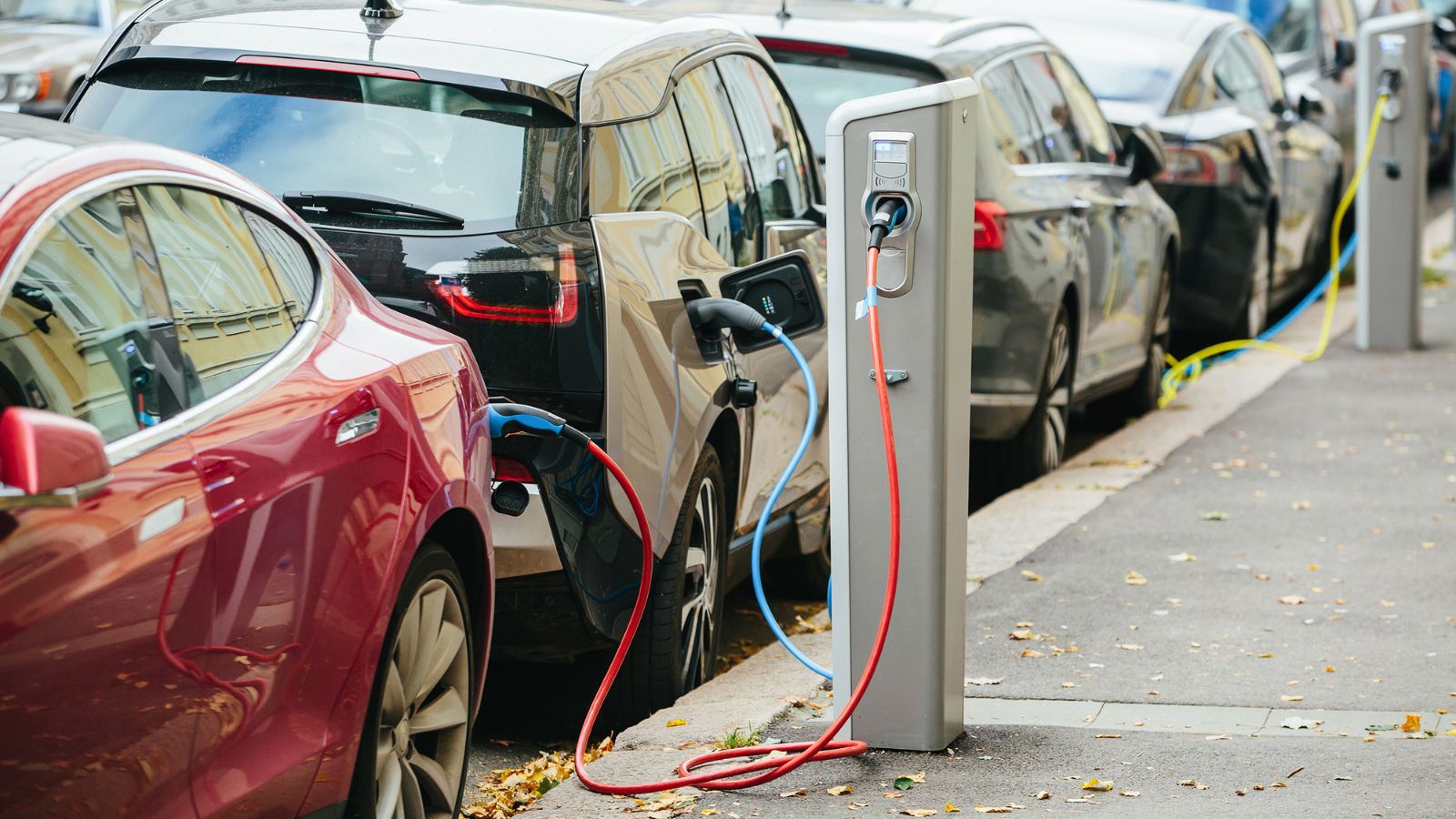
There has been a shift from traditional gasoline-powered vehicles to vehicles with different energy grids and sources. Electric vehicles are one such option, but solar-powered cars and hydrogen-fueled cell vehicles also fall under this category. Solar-powered cars may take some time to develop, but there has been a surge in hydrogen-fueled vehicles. They give tough competition to electric vehicles and even surpass them in some aspects, such as being lighter in weight, having better range, and suitable climate conditions.
Advanced Safety:

All vehicles in the next decade will likely be equipped with advanced safety features powered by AI. This feature will completely change driving, as speed will be controlled to avoid any hazards on the road. Other cameras and sensors will help the AI algorithm enable automatic emergency braking and lane-keeping assistance. A safety buzzer will be installed in the car if the driver is distracted to avoid accidents and mitigate risks.
ADAS:

As advanced driving assistance systems (ADAD) grow, this technology will revolutionize driving by incorporating unique features. The adaptive cruise control feature adjusts the vehicle’s speed depending on the traffic conditions, and the lane departure warning alerts the driver when they unintentionally exit the lane. Its emergency braking systems prevent any collisions, and other features like parking assistance, blind spot monitoring, traffic sign recognition, etc., make this system one of the essentials in the future.
Integrated Vehicle Communication:
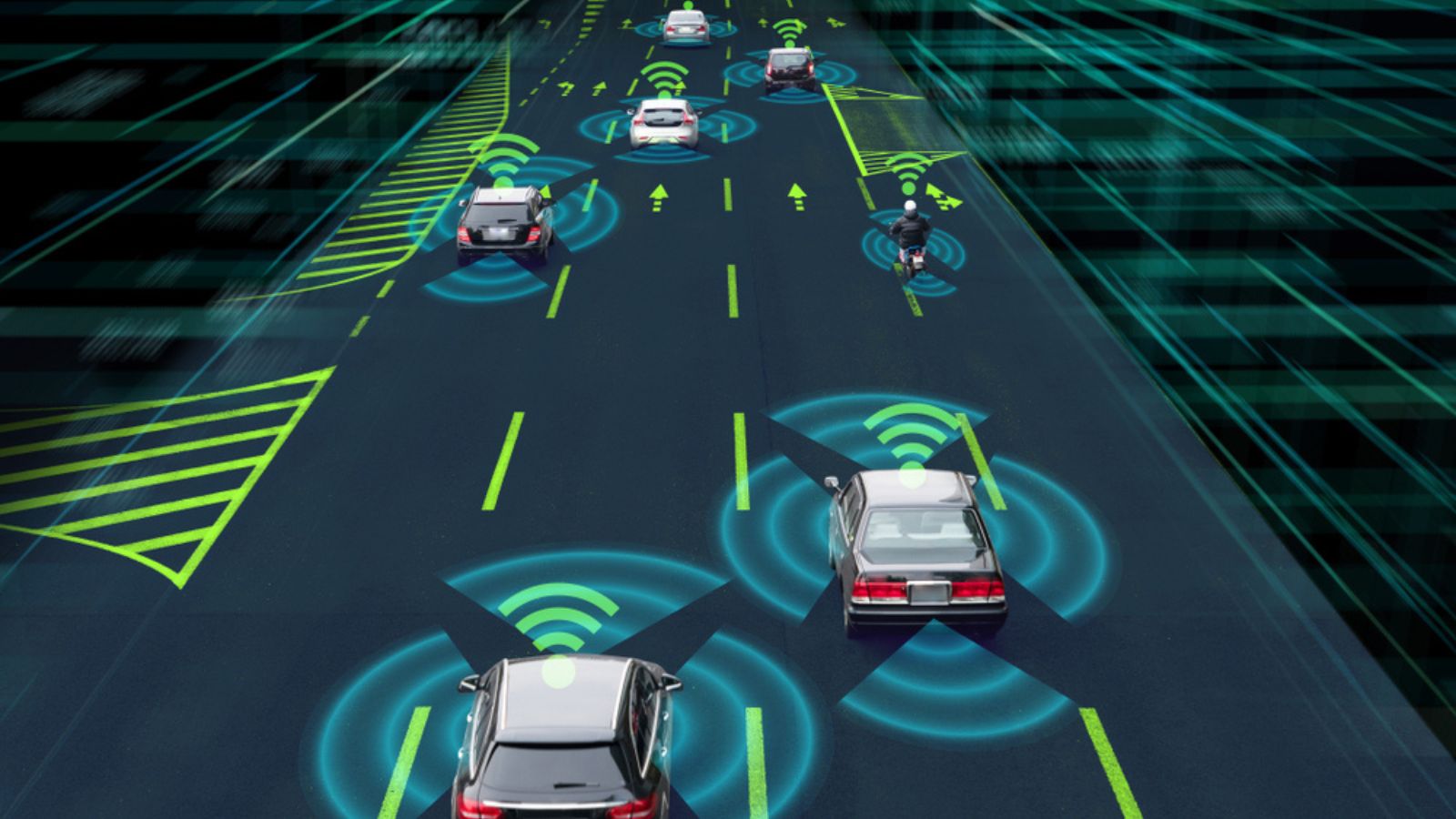
The 5G network and vehicle-to-everything (V2X) communication systems being established will help cars pass signals and communicate within themselves. This will change traditional communication using silent gestures, horns, and lights. This connectivity would enable vehicles to share real-time data to track traffic conditions and avoid hassles. If this is incorporated by 2030, drivers will make informed decisions and get updates for a smoother driving experience.
Personalized Driving:

This will revamp the whole mode of interaction regarding one’s vehicle. With the help of advanced technology and data-driven insights, cars will be able to record driver preferences. This includes what air conditioning temperature they prefer, lighting in the vehicle, the choice of music, the theme in the SmartScreen, etc. This adaptive performance will also extend to the preferred speed, steering sensitivity, and suspension based on the customized settings.
Biometric Authentication:

By 2030, biometric authentication can emerge as a reliable option which will enhance security using the physical or behavioral characteristics of the individual. This may include fingerprint scanners, facial or eye recognition, and gait analysis. While there are concerns about illegally cracking them, these methods will be booted with high accuracy.
Health Tracking:
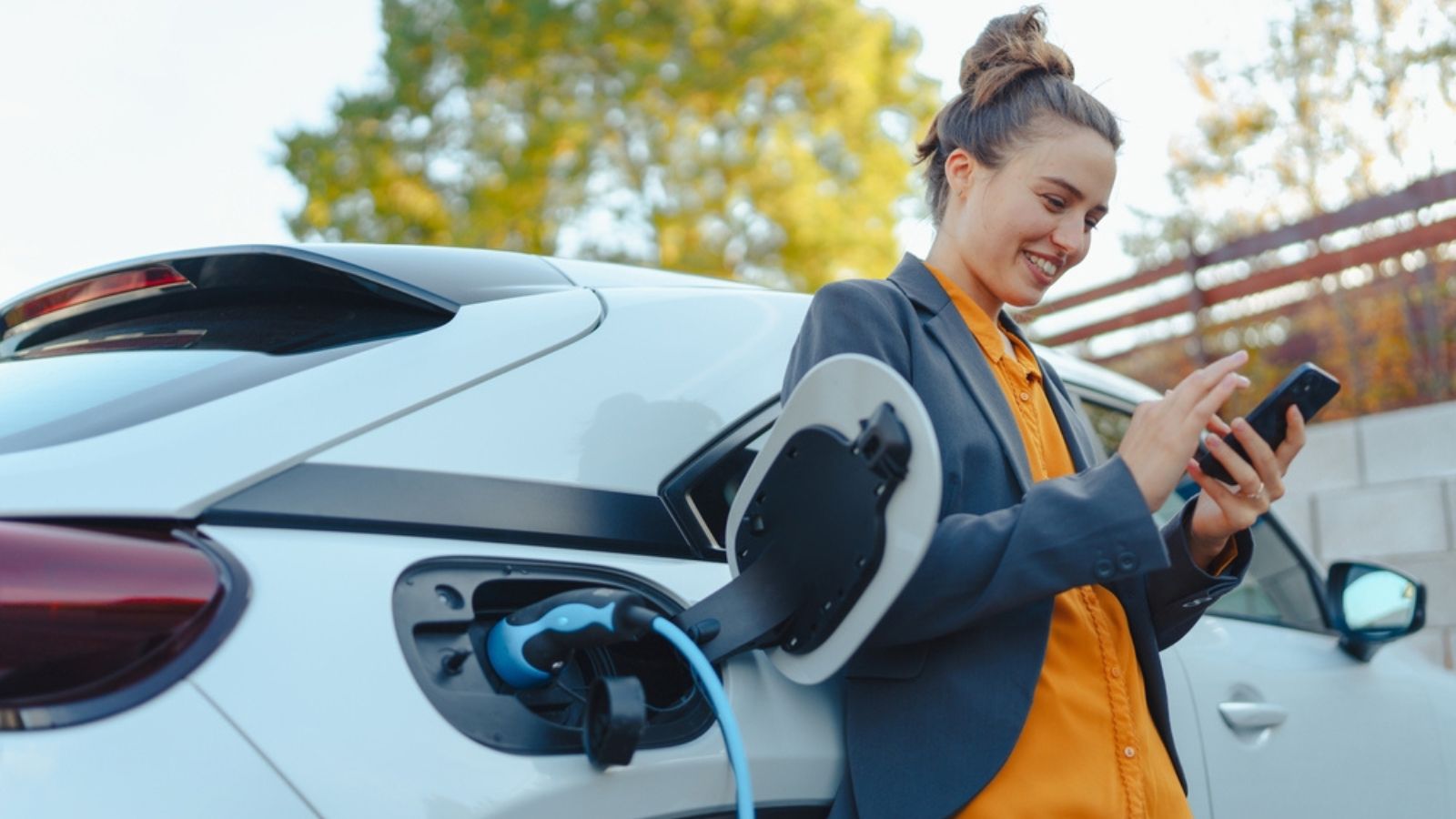
Health sensors have been prevalent in smart gadgets that monitor the individual’s well-being while detecting signs of fatigue. By 2030, health monitoring systems should make their permanent place in the automotive industry, providing peace of mind for all the passengers in the car. Features like heart rate tracking, blood rate, and even blood pressure can help individuals prioritize their health and take a break when required under stress.
Virtual Assistant Integration:
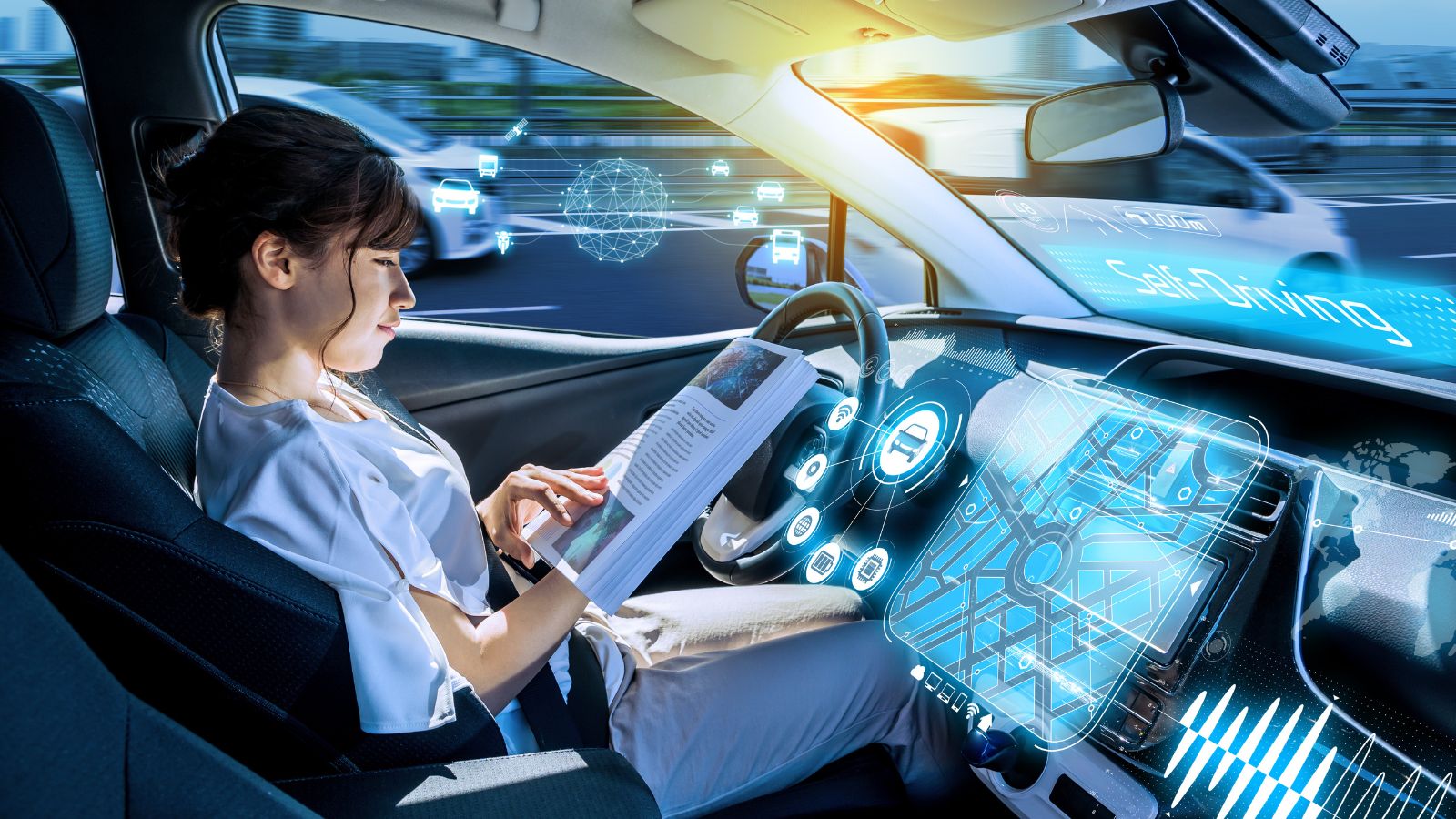
This feature has already reached a majority of the cars and will soon find its way even in gasoline-powered ones. A separate virtual assistant may be designed specially for cars, which can be activated using voice recognition, similar to Apple’s Siri or Amazon’s Alexa. With the help of advanced natural learning processing, the virtual assistant can interpret complex commands, which will ensure a more conversational and intuitive interaction. Features vary from driver assistance to altering the driver of upcoming meetings or appointments.
Autonomous Parking:
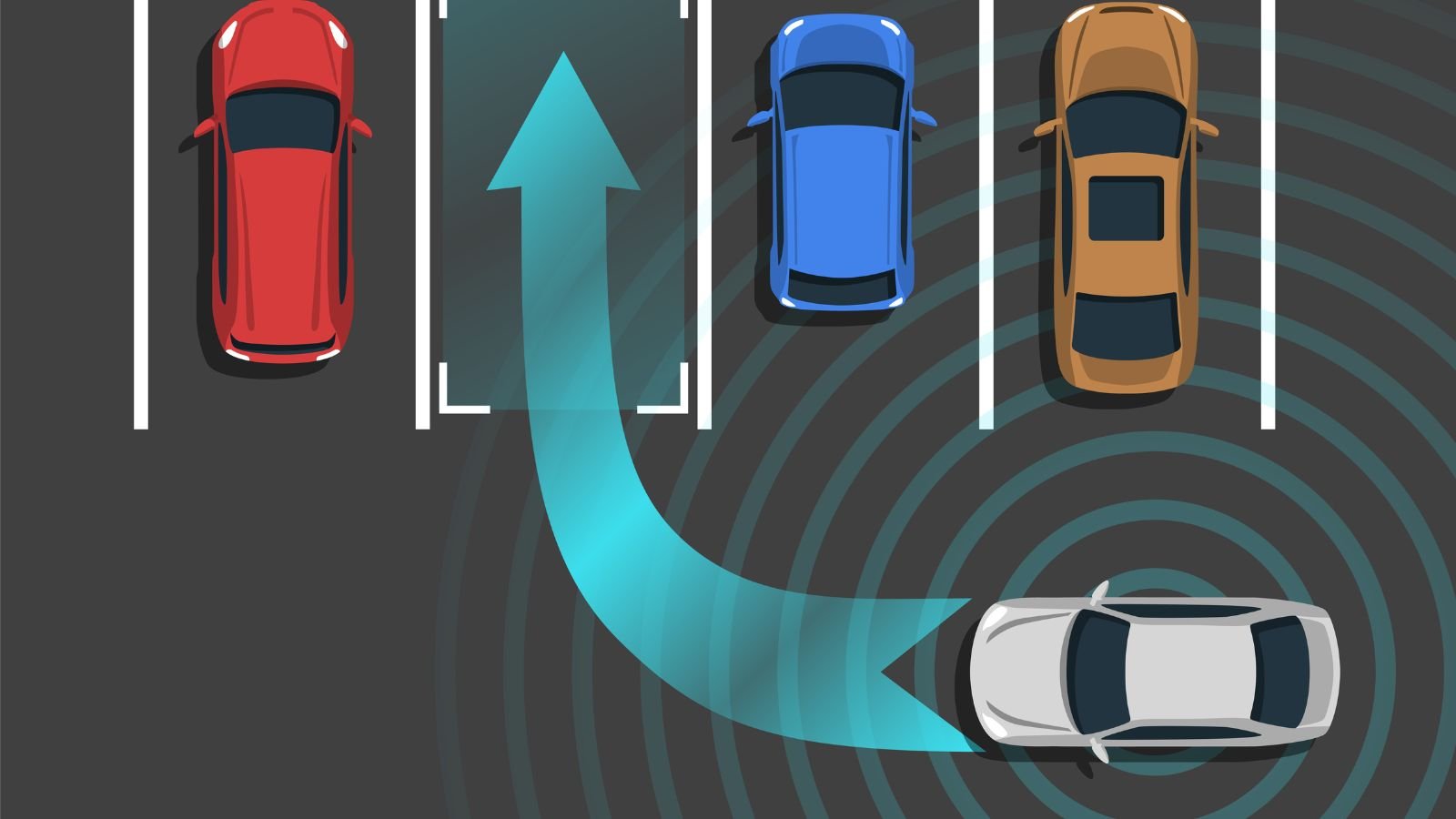
To offer drivers a stress-free solution towards this, 2030 might see self-parking revolutionize the industry. With the help of a combination of sensors and cameras, the algorithm could detect any barriers to parking the vehicle in available spaces. It would support both parallel and perpendicular parking while the drivers retain control to avoid accidents if the system malfunctions.
Anti-Distraction Systems:

Anti-distraction systems will drastically change driving by 2030, reducing the number of accidents and deaths in drink-and-drive cases. With the help of behavior monitoring, the system will detect the use of mobile phones, eating, and engaging in other activities for which it will give an alert. The buzzer will warn the person when it notices signs of drowsiness and eyelids closing using the eye monitoring technology. Through speakers, haptic feedback via the steering wheels, and vibrations, this feature can prevent drowsy driving.
Wireless Charging:
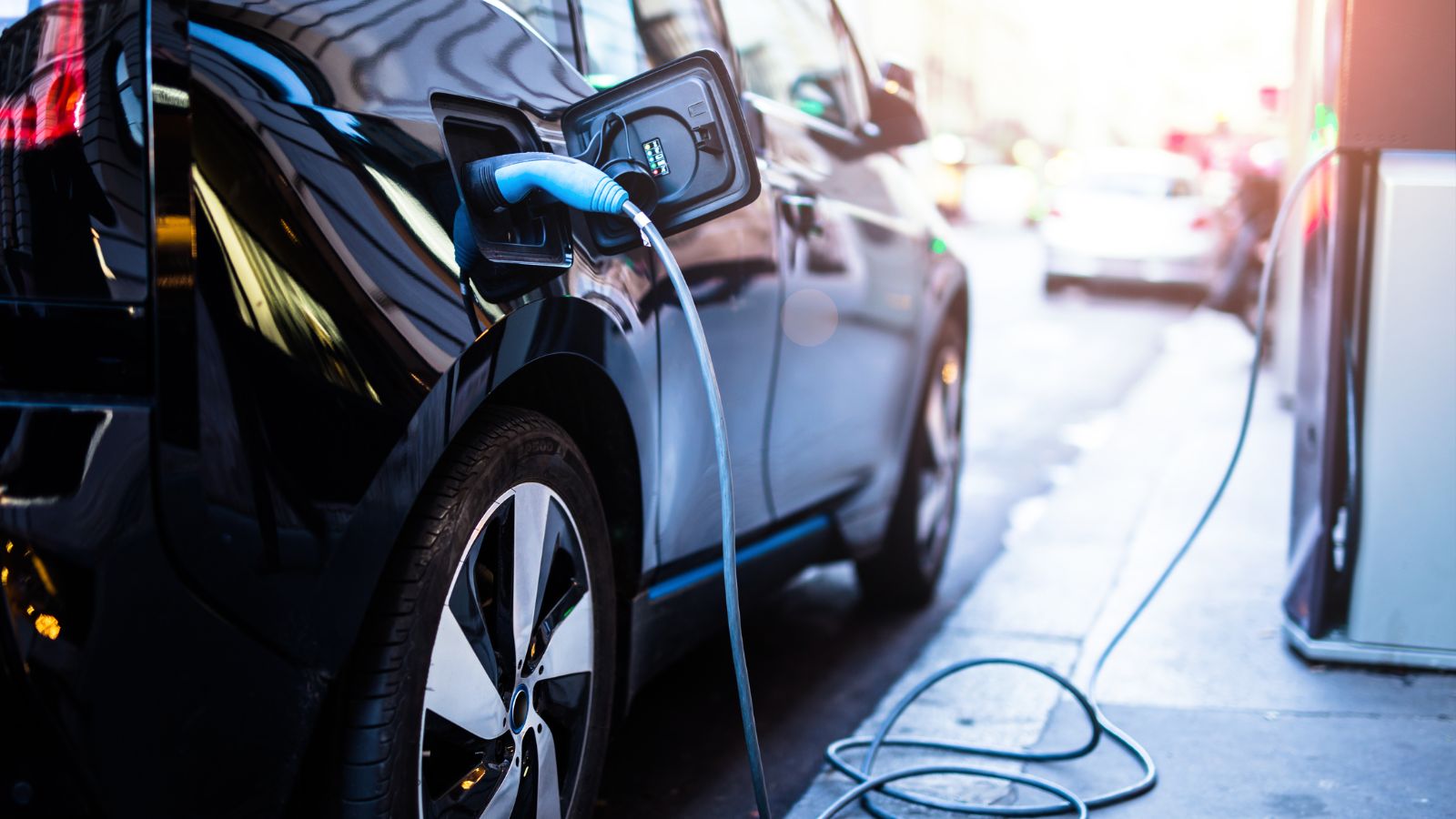
Wireless charging will act as a convenient option that can be installed outside malls, restaurants, etc., charging the vehicle as the passengers sort out their work. This will change the whole issue of range in electric vehicles, eliminating the need for physical cables and plugs. Drivers can simply park their cars over a wireless charging pad, and the charging process begins.
Hydrogen fuel cells:

This technology has already been seen in some cars, but the widespread implementation of this technology will eventually result in reduced emissions. Using hydrogen and oxygen in an electrochemical reaction to produce electricity, 2030 will see a surge in more eco-friendly vehicles. Mutual cooperation and the government’s aid are required to bring about this change so that the overall carbon footprint can be reduced.
Touchscreen Dashboard:
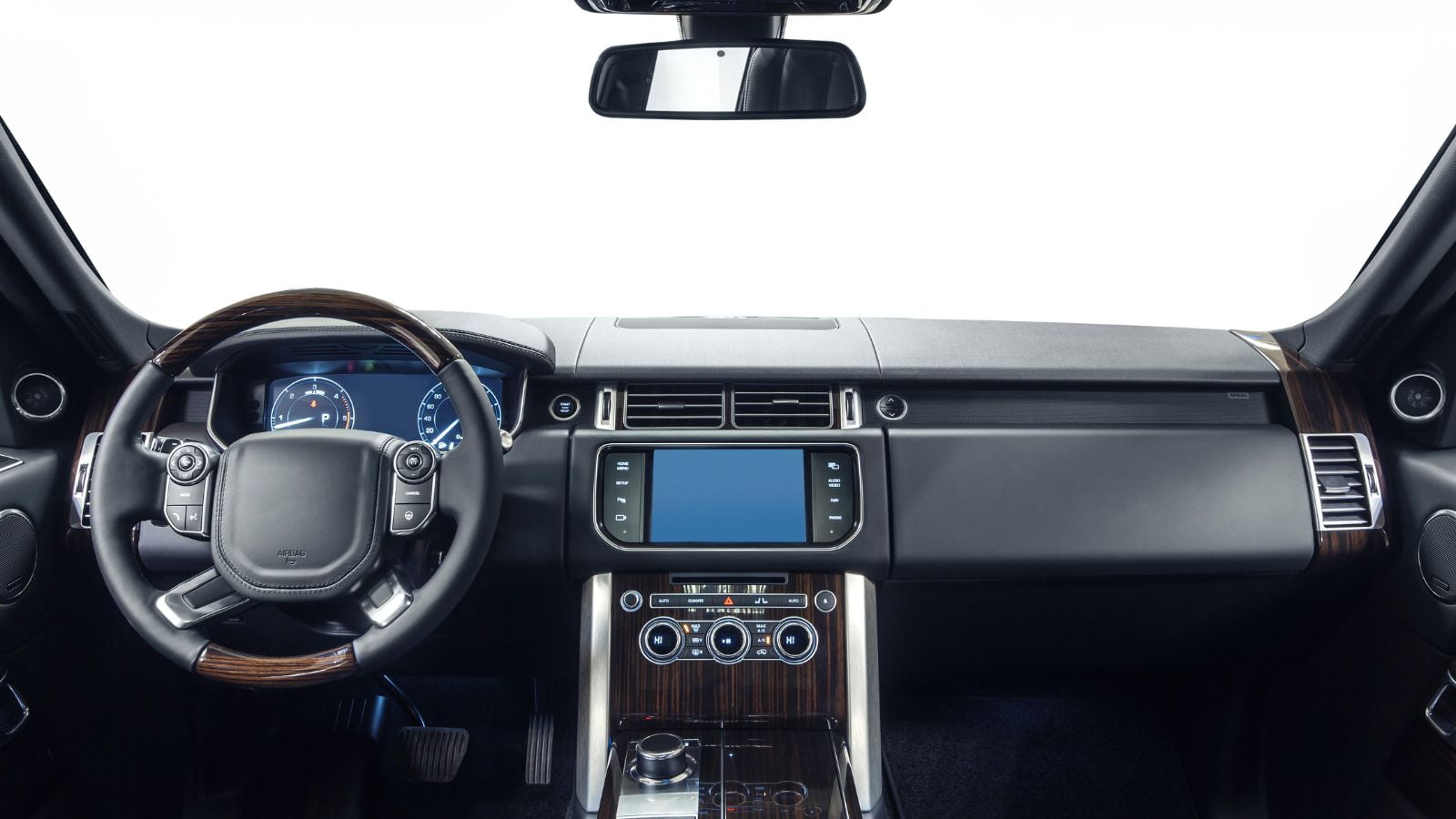
A buttonless dashboard will change the industry in terms of design that will be minimalist and streamlined. The central touchscreen will be able to control several vehicle functions and settings. It will eliminate any need for buttons, switches, and knobs. With icons and pop-up menus, passengers can access a wide range of functions that can be customized further. The dashboard will be voice controlled, requiring no physical knobs for navigation. It will help drivers keep their eyes on the road, providing a user-friendly experience.
Interior Illumination:
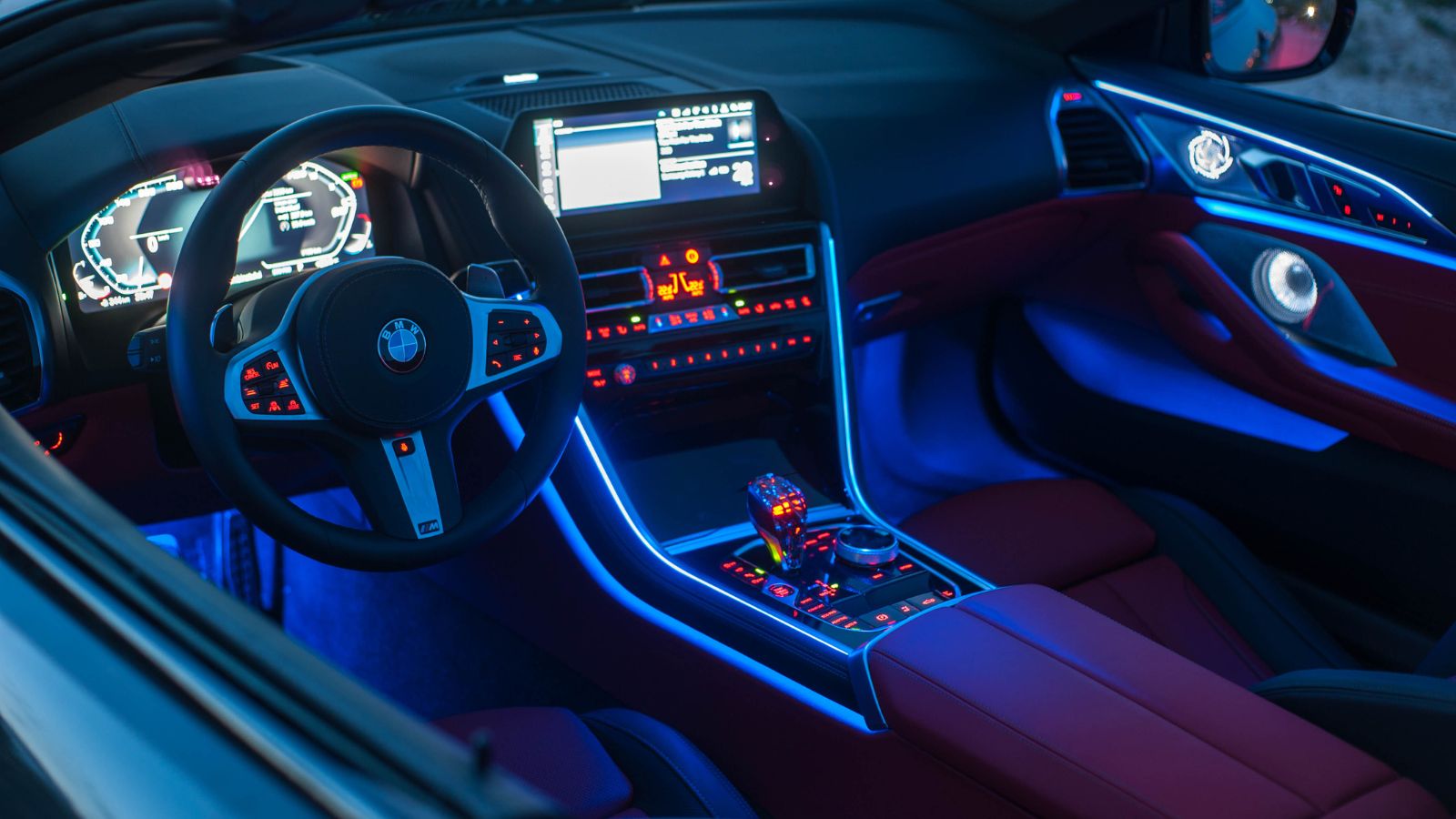
The next decade will showcase the functionality of interior lighting. It will not be used only for aesthetic purposes to suit the personalization of the driver but also as a behavioral element. It can be used to uplift the mood and change the lighting to the bass of the sound or, in general, adhere to the laws. The functional aspect of it is the illumination of the vehicle when the roads are dark to provide enough light for a safe exit. Other lights may focus on tasks like reading, writing, or working.
Proactive maintenance:

All electric vehicles, by 2030, will surely be equipped with predictive maintenance, leveraging days analytics and machine learning to identify issues in the vehicle. By utilizing this feature, the vehicle can predict any breakdowns or disruptions in the system. This condition monitoring will benefit the drivers, who tend to the service center only when required. The fault detection system will also help pinpoint the degrading component or any impending failures that need immediate servicing.
Augmented Reality:
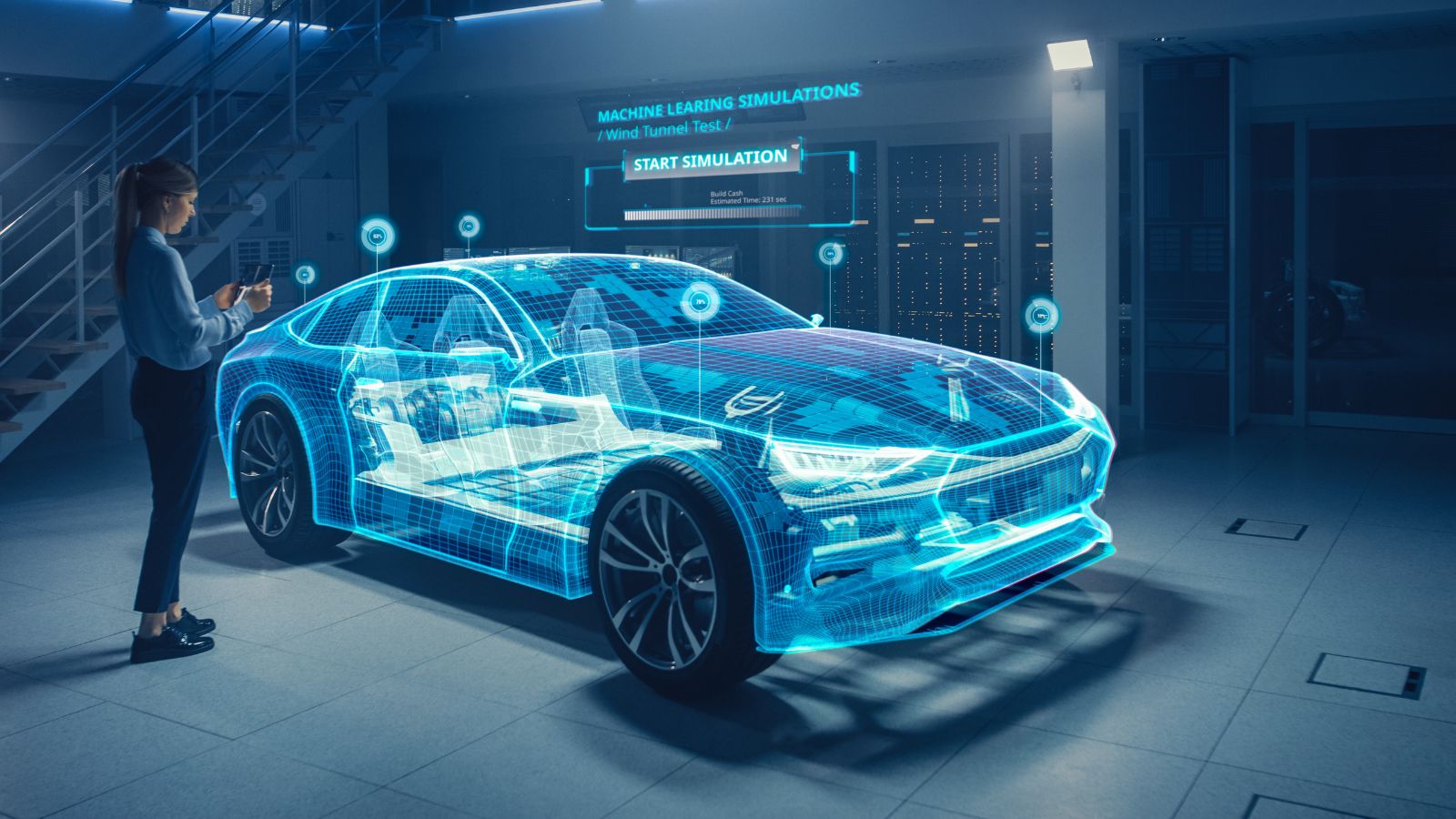
A driving experience where an individual can effortlessly navigate the roads without moving their eyes from the roads is a highly desired one. With the help of augmented reality, information can be overlayed on the windshield, displaying the map using a heads-up display (HUD). By blending real-time data with the driver’s view, this feature will improve safety and driving dynamics. They will also be a source of entertainment for the rear-seat passengers, who can interact with images and sceneries.
15 Most Reliable Cars Ever Made — Why They Never Quit
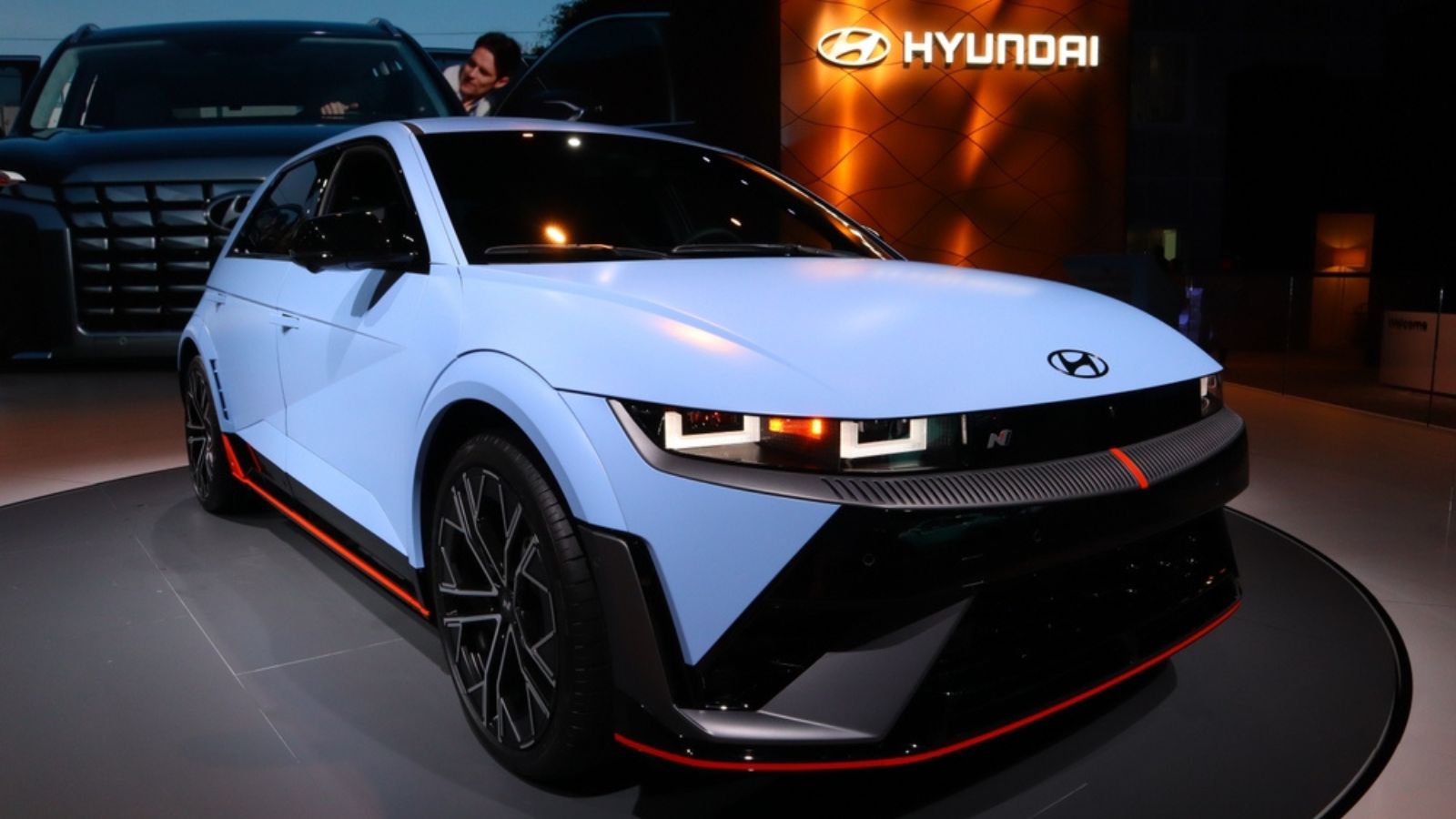
Some claim that the dependability of autos has decreased. Modern cars have a shorter lifespan than some cars manufactured between the 1970s and the 1990s, but some new and used cars today are good enough to last for at least ten years and up to 500,000 miles. When these vehicles break down, most problems are relatively simple, and many don’t have serious difficulties. Here are 15 of the most reliable cars ever made: 15 Most Reliable Cars Ever Made — Why They Never Quit
